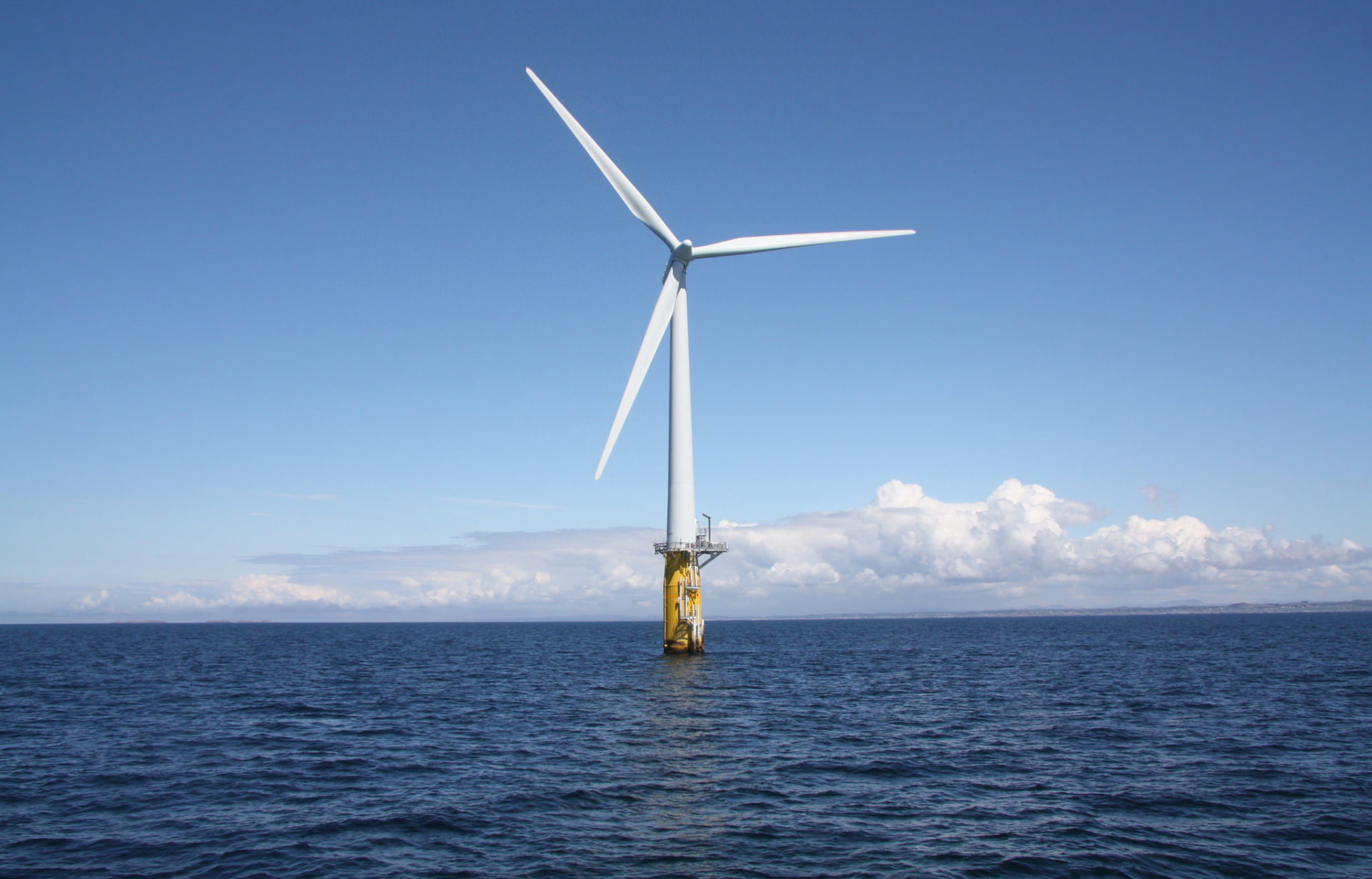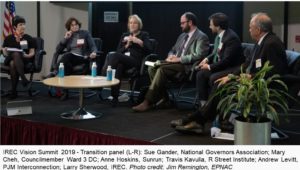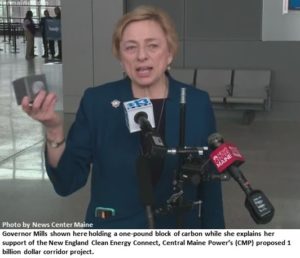By: Lana Bluege
In the energy and environmental field, consequential outcomes lurk around every report and every new study determining the fate of the planet. States are prioritizing areas where change needs to occur in order to reduce the effects of climate change and the continued damage to the earth. New England in particular has very progressive goals for GHG emission reductions including cap and trade markets and electric vehicle penetration to the market. Both of which focus on the energy sector in order to reduce the effects of climate change as fast as possible. The transportation sector alone contributes to over a quarter of the total GHG emissions in the country with the majority of vehicles still utilizing petroleum-based products. In order to continue to meet demands of the transportation, industrial, and commercial sectors while reducing emissions; states are looking towards renewable energy such as wind and solar. It is important to establish new infrastructure sustainability and responsibly so not to create another future environmental catastrophe on top of the ones we are already working to solve.
So can there be a compromise? Is it possible to get an energy and conservation representative to sit and make a deal? I attended the Environmental Business Council of New England, Inc. (EBC) Sixth Annual Offshore Wind Conference – Featuring Scope of Vineyard Wind and Orsted Bay State Projects this week where the panelists not only included energy representatives, but leaders from Massachusetts Audubon and the National Wildlife Federation. No more than one hour into the conference, it was announced that a historical agreement was made between Vineyard Wind and the Natural Resources Defense Council, the National Wildlife Federation, and Conservation Law Foundation to protect the endangered North Atlantic right whales. It was noted that these conservation groups are still working out logistics with the remaining wind developers. This monumental partnership is profound and will ultimately help set the precedence for energy and environmental advocates to work together and find a balance that continues to conserve our wildlife and forests while moving into the new era of energy.



